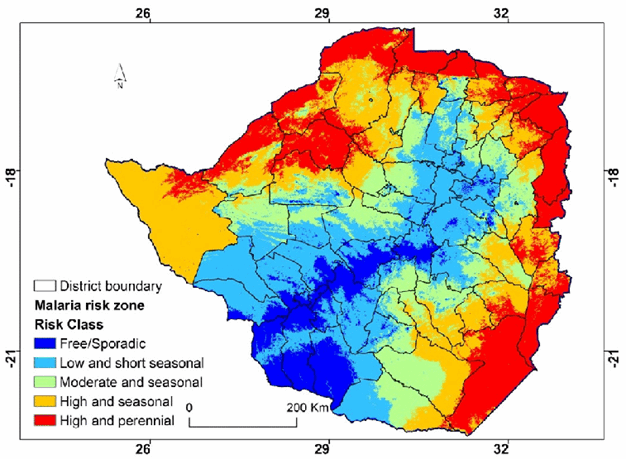Dr Tan Jianlong
Asthma is a chronic airway inflammatory disease characterized by airway hyper reactivity and is one of the most common chronic diseases in Zimbabwe. However, due to economic issues, some patients struggle to afford long-term medication.
In addition, a lack of medical knowledge prevents patients from actively participating in the full management of asthma. Only about 38% of asthmatic patients in Zimbabwe have their conditions effectively controlled.

May 7th is the 26th World Asthma Day, and this year’s theme is “Asthma Education Empowers”. Strengthening asthma education is one of the keys to asthma prevention and treatment. Improving asthma education for patients and helping them actively participate in better self-management can help improve asthma control rates. So how should patients manage themselves?
You can obtain asthma health knowledge from doctors or related popular science articles and works. Asthma is a common chronic airway inflammatory disease that can occur at any age. It mainly presents as recurrent wheezing, shortness of breath, chest tightness, and cough, often getting worse at night or early morning.
Related Stories
Normal use of treatment drugs and inhalers
Asthma treatment drugs are divided into control drugs and relief drugs. Control drugs maintain a relatively stable clinical state in patients through long-acting and stable anti-inflammatory effects, and require daily regular use and long-term maintenance.
Relief drugs, also known as emergency drugs, are mainly used for acute asthma attacks, can quickly dilate the bronchi, and relieve symptoms. Use of such drugs should be limited to emergencies. Mainly administered through inhalation, improper use of relief drugs can lead to decreased asthma control levels, increased risk of acute exacerbations, and adverse drug reactions.
Learn self-monitoring: Considering the current situation in Zimbabwe, it is recommended to use the Asthma Control Test (ACT) for monitoring. Some patients can also use peak flow meters. Long-term monitoring can be used to predict acute asthma likelihood and short-term monitoring can be used to assess the efficacy of drugs and recovery after acute attacks.
Improve medication compliance: Poor compliance can lead to increased acute attacks, hospitalization rates, mortality, and economic burden. Patients should take medication regularly according to the doctor’s advice. Doctors should encourage patients to participate together in the selection and adjustment of treatment plans, remind patients to take medication on time, correct patients’ inhalation techniques, and develop home follow-up plans.
Strengthening asthma education, with the joint efforts of both doctors and patients, can overcome many difficulties, achieve good self-management of asthma, and achieve the overall goal of asthma control.
Dr Tan Jianlong, the captain of the 21st China medical team in Zimbabwe, is an Associate Professor of Respiratory Medicine at Hunan Provincial People’s Hospital



















Leave Comments